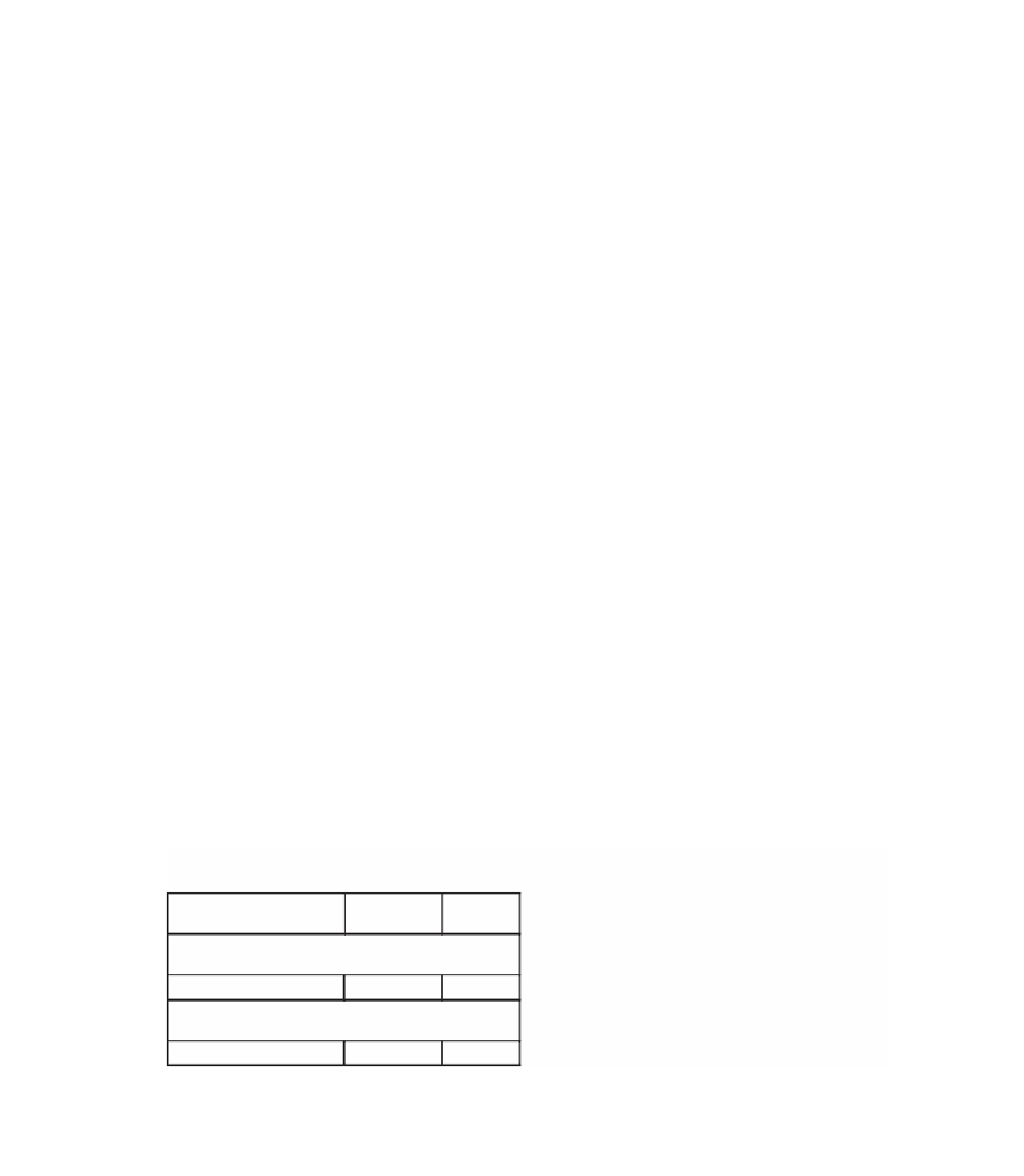Information Technology Reference
In-Depth Information
Periodic route updates are sent every 30 seconds to multicast address 224.0.0.9.
■
25 routes per RIP message (24 if you use authentication).
■
Supports authentication.
■
Implements split horizon with poison reverse.
■
Implements triggered updates.
■
Subnet mask included in route entry.
■
Administrative distance for RIPv2 is 120.
■
Not scalable. Used in small, flat networks or at the edge of larger networks.
■
RIPng
RIPng (RIP next generation) is the version of RIP that can be used in IPv6 networks. It is
described in RFC 2080. Most of the RIP mechanisms from RIPv2 remain the same. RIPng
still has a 15-hop limit, counting to infinity, and split horizon with poison reverse. A hop
count of 16 still indicates an unreachable route.
Instead of using UDP port 520 as in RIPv2, RIPng uses UDP port 521. RIPng supports
IPv6 addresses and prefixes. RIPng uses multicast group FF02::9 for RIPng updates to all
RIPng routers.
RIPng Timers
RIPng timers are similar to RIPv2. Periodic updates are sent every 30 seconds. The default
invalid timeout for routes to expire is 180 seconds, the default hold-down timer is 180
seconds, and the default garbage-collection timer is 120 seconds.
Authentication
RIPng does not implement authentication methods in its protocol as RIPv2 does. RIPng
relies on built-in IPv6 authentication functions.
RIPng Message Format
Figure 10-10 shows the RIPng routing message. Each route table entry (RTE) consists of
the IPv6 prefix, route tag, prefix length, and metric.
0 1 2 3
01234567890123456789012345678901
Must
Command
Version
be zero
Route entry 1: IPv6 Prefix
128 bits
Route tag
Prefix length
metric
Route entry 2: IPv6 prefix
128 bits
Route tag
Prefix length
metric
Figure 10-10
RIPng Update Message Format

